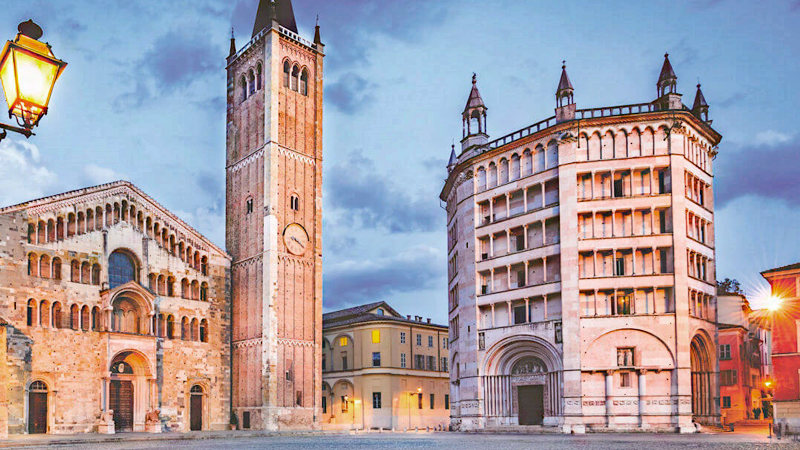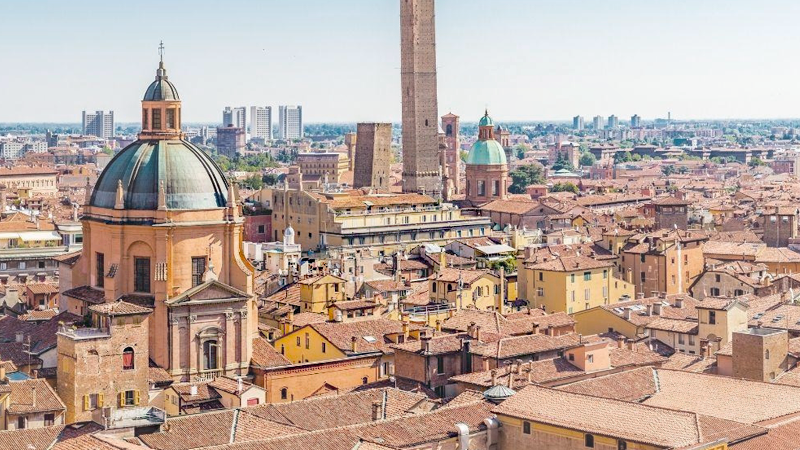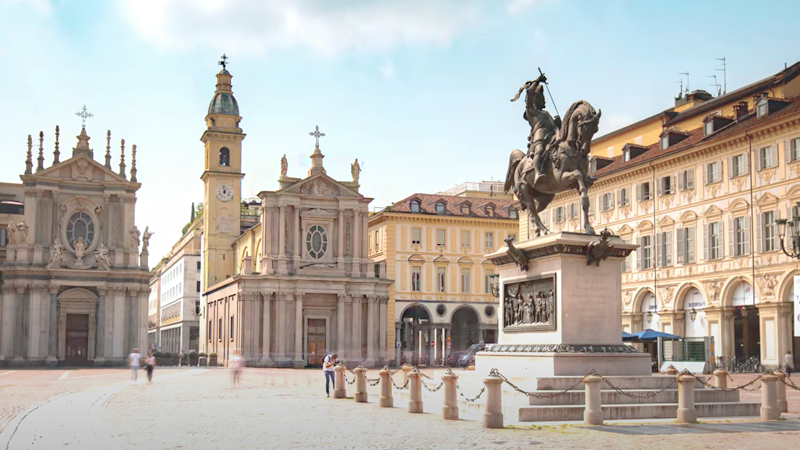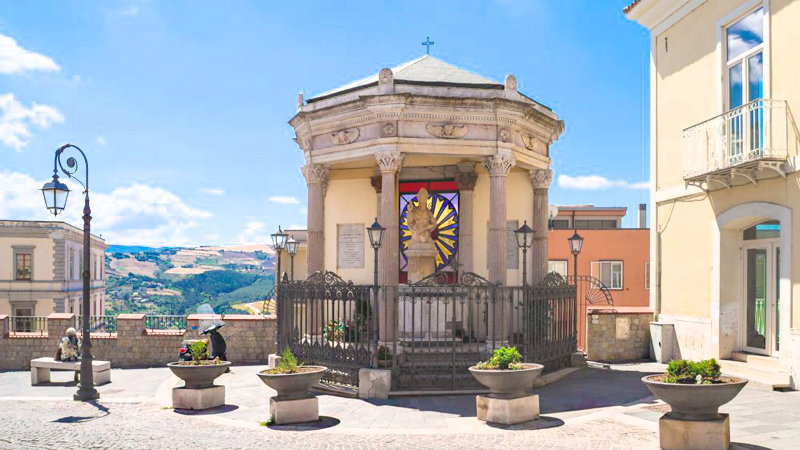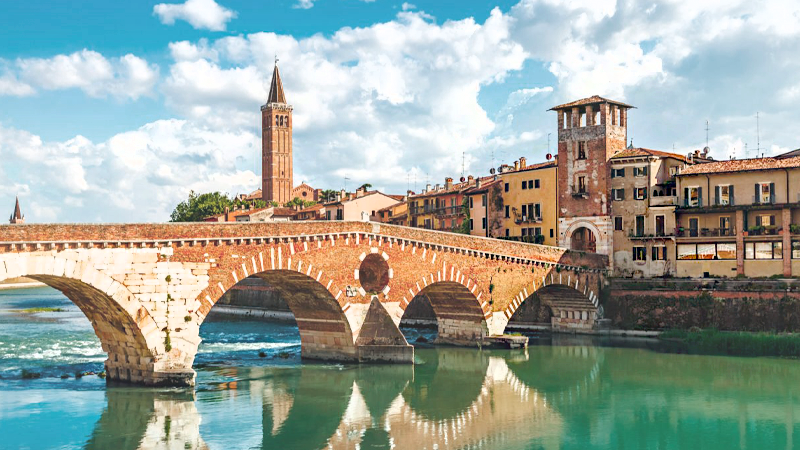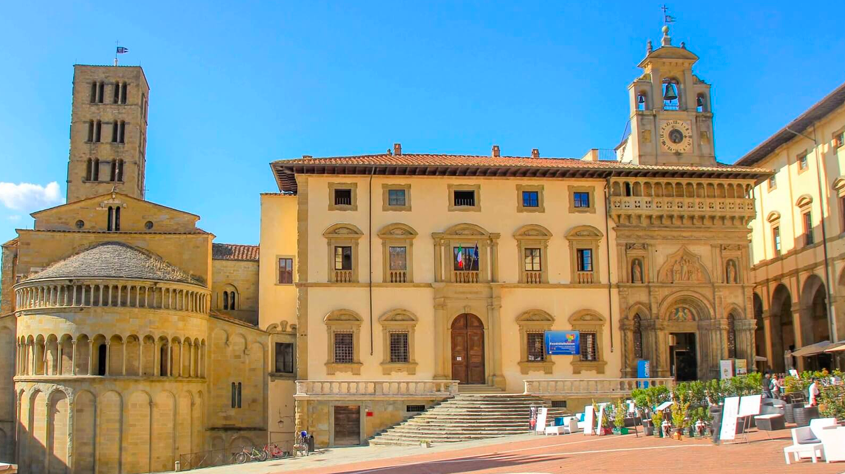Our Parking Lots
Located on the backbone of the nation and elected both Italian Capital of Culture 2020/2021 and Creative city of Gastronomy 2015 by UNESCO, the city of Parma boasts of a long list of reasons why it would be worth visiting. Its strategic location allows easy access to major Italian centers and makes the city fit into a relevant industrial context that now belongs to it.
The beating heart of Romagna is guarded by the Torre degli Asinelli, soaring among porticoes and low houses and silently observing centuries of history that has rattled throughout Europe. Academic cradle, culinary capital, lair of poets and artists: in Bologna, any description is superfluous because, to decant it by trade they have taken care of it, with writings and poems, now engraved like fossils in the rock.
It is not talked about as much as it should be, but books inform us that it has entered history as Italy’s first capital city. This is what Turin is like: elegant, wealthy and urbanized, which knows how to keep a low profile despite its noteworthy naturalistic backdrop: the Alps surround the city and guard it at the edges, as does the Mole Antonelliana in the center. Baroque adorns the wide squares and avenues of a city with just the right balance of industrialization and history.
Despite its southern geographic location, Potenza is, unexpectedly, the highest regional capital in peninsular Italy, as it is perched at a point nestled on the tail of the Apennines. The ancient historic center, characterized by fortified walls, protects the heart of the city, which is accessible via a system of escalators that facilitate pedestrian entry. Very characteristic is the feast of St. Gerard, patron saint of the capital, in which a colorful and lively parade of Turks is celebrated at the end of May.
Embraced by a bend, Verona, thanks to its historic center, is configured as the pearl of the Adige River or, more generally, as one of the most fascinating sites in northern Italy. Not surprisingly, the Scaliger city was a source of inspiration for Shakespeare’s pen, which gave birth to the immortal “Romeo and Juliet.” The city’s nerve center, Piazza Bra, is just the beginning of a pleasant stroll among Roman and medieval architecture.
Risen during pre-Etruscan times, Arezzo, thanks to its strategic location in the heart of the Apennines, became a very important junction for the Roman Empire. In medieval times, Guido Monaco, a Benedictine monk of Arezzo origin, gave birth to the tetragrammaton, the predecessor of the modern pentagram. Piazza Grande is not only the geographic center of Arezzo, but also the site of the Saracen Joust, arguably the city’s most important event, which pits the city’s four districts against each other in a simulated medieval-style military training.

